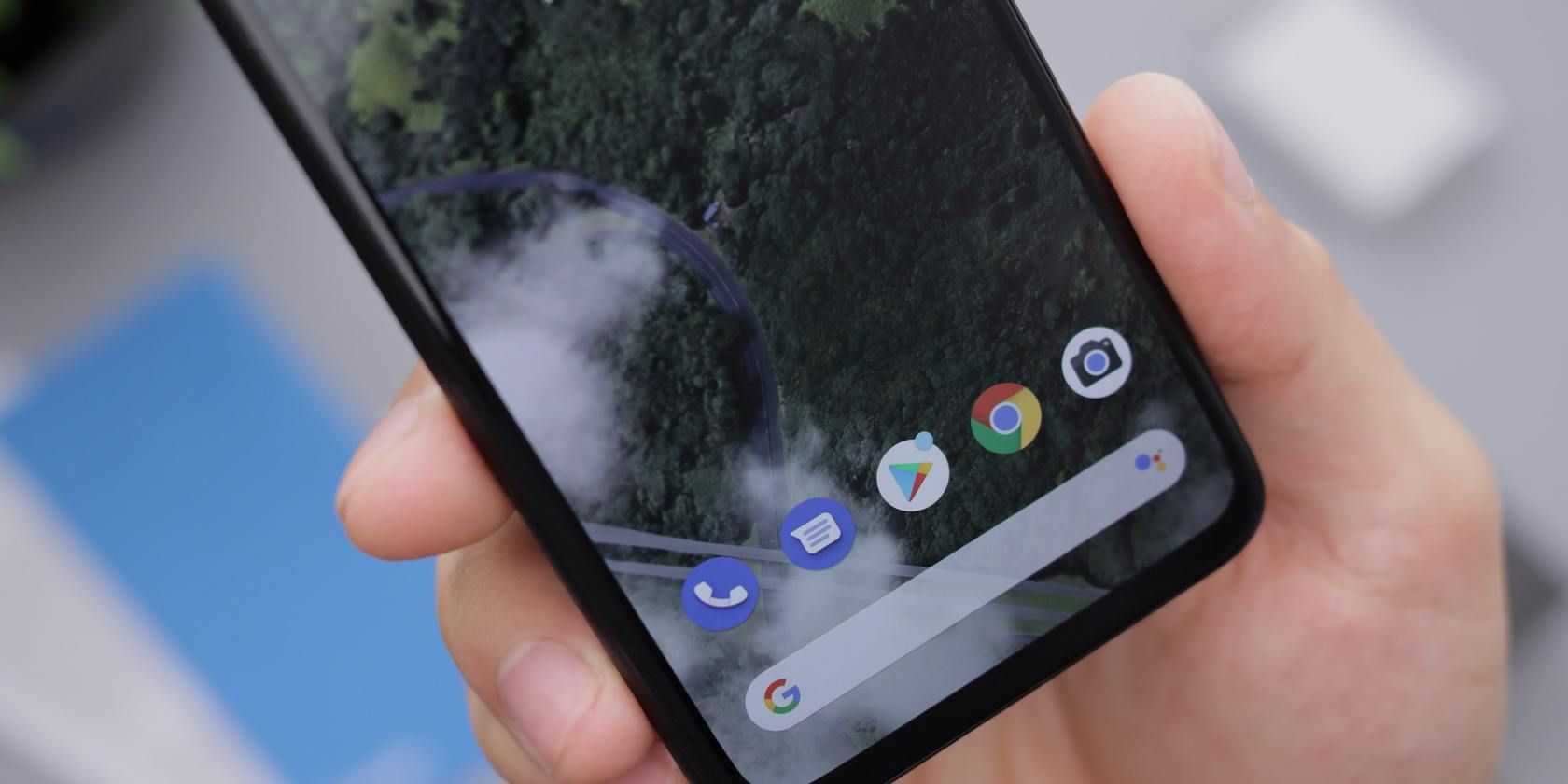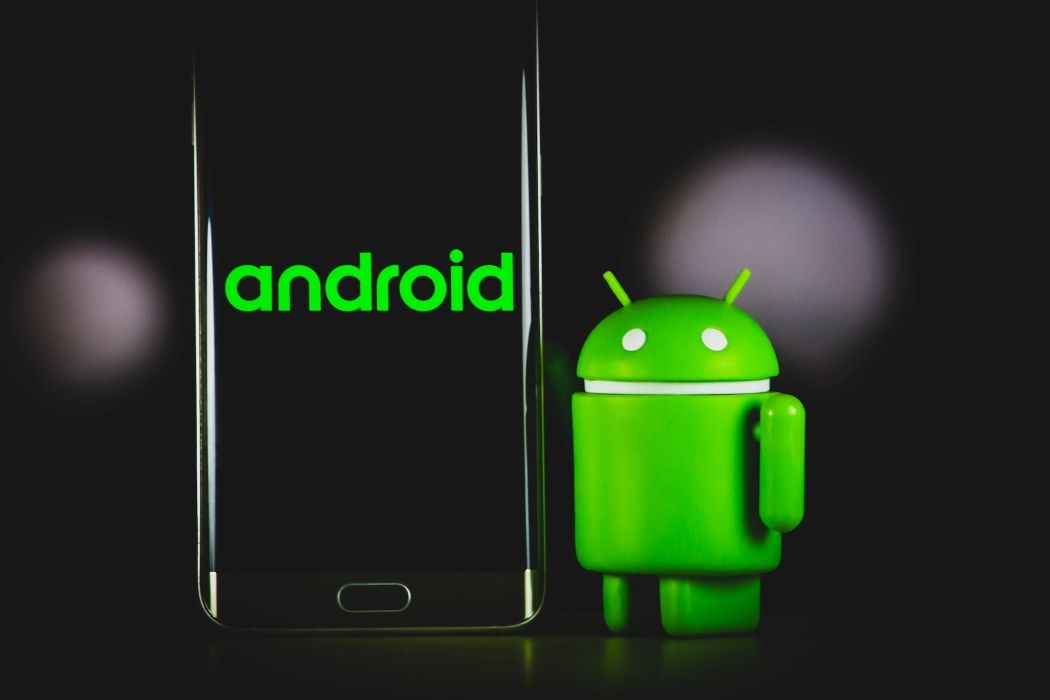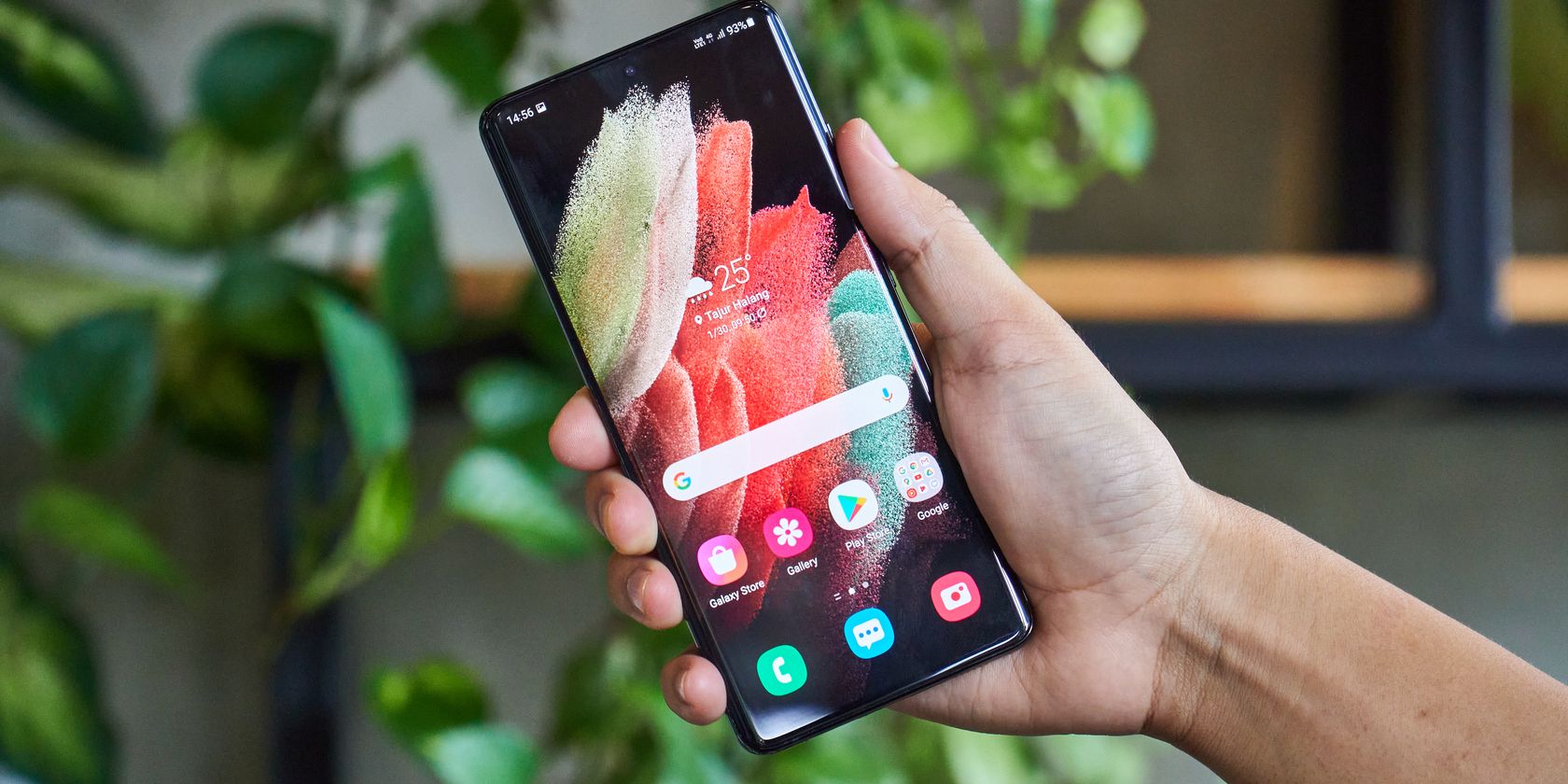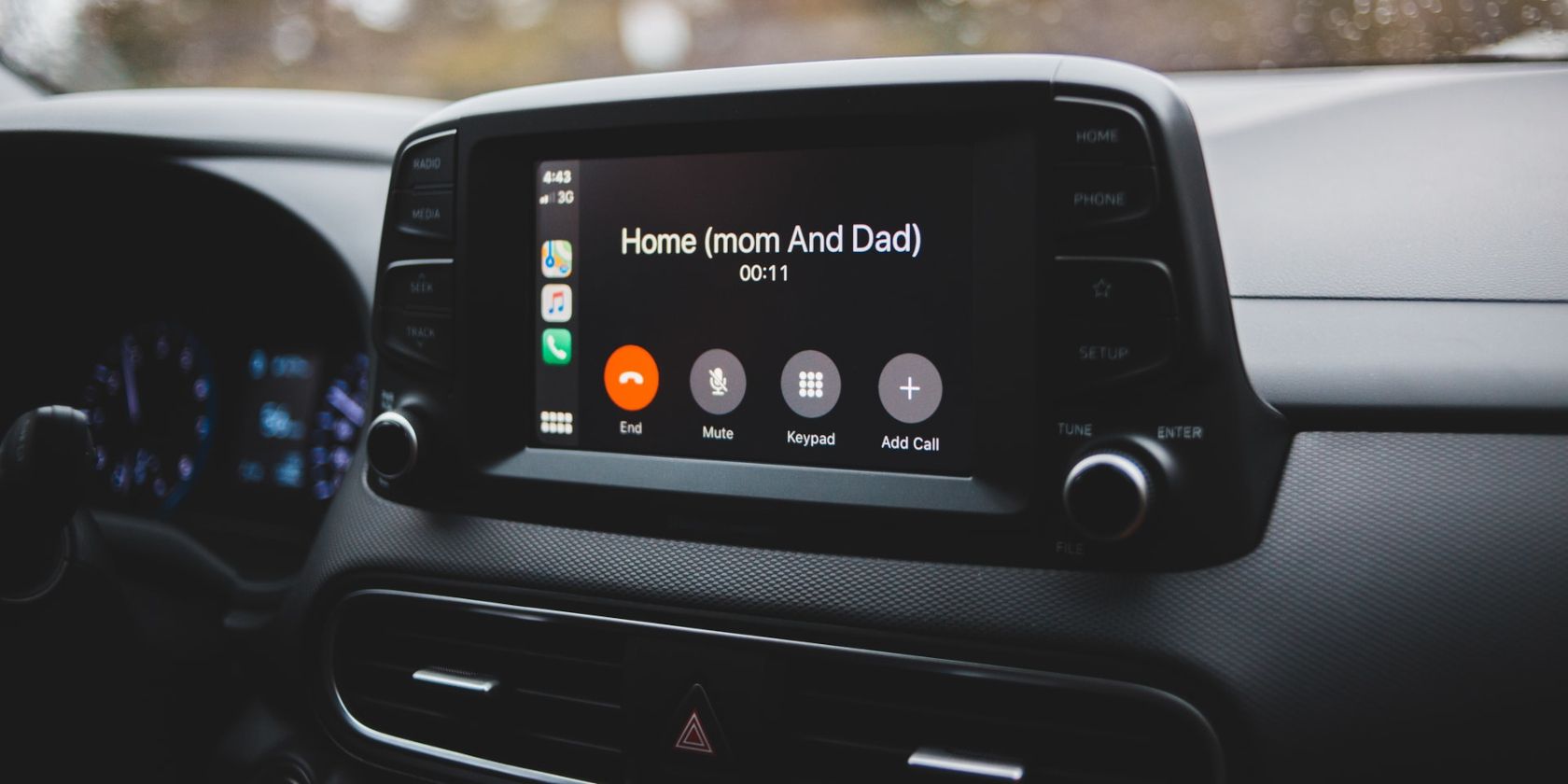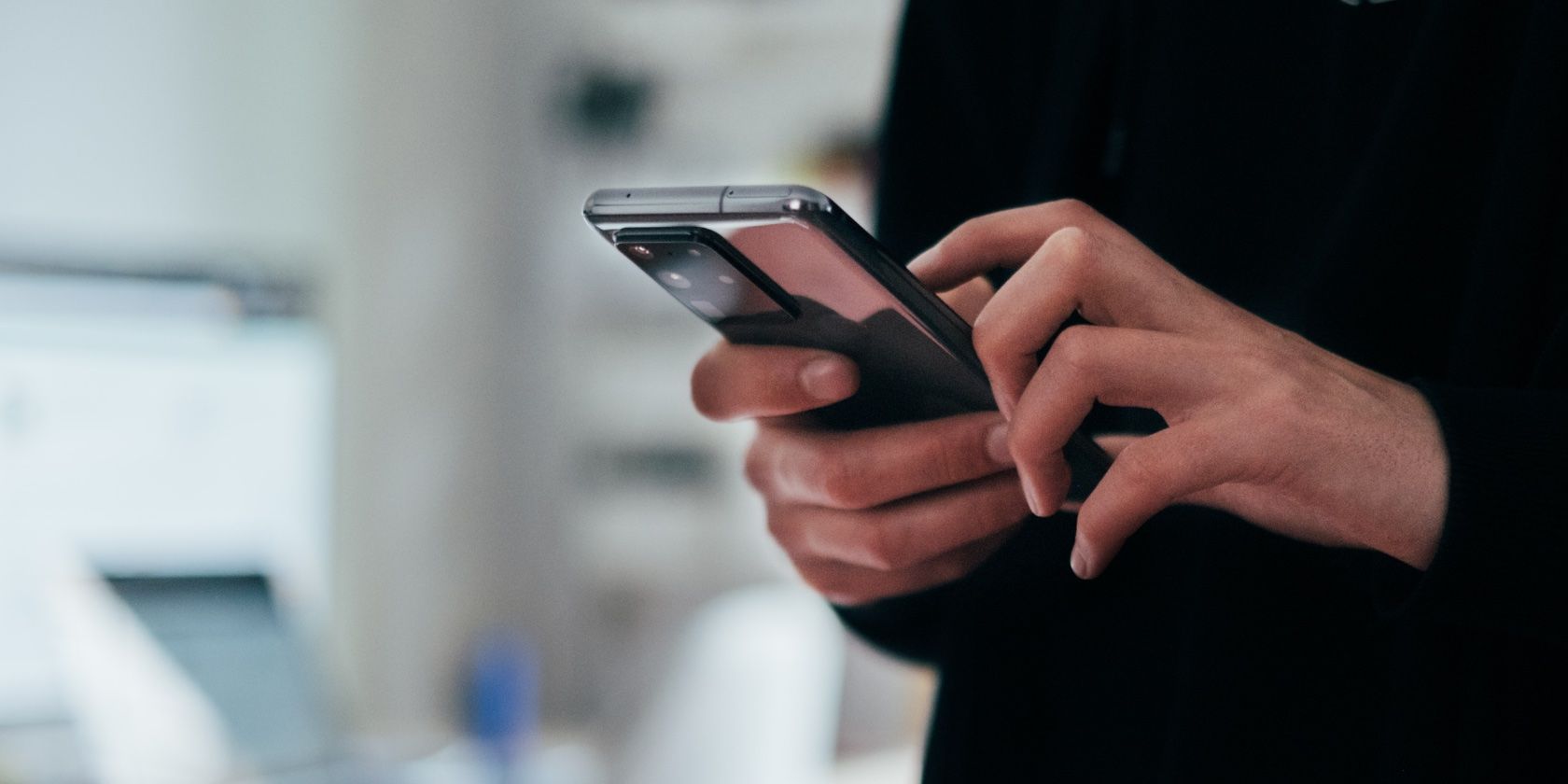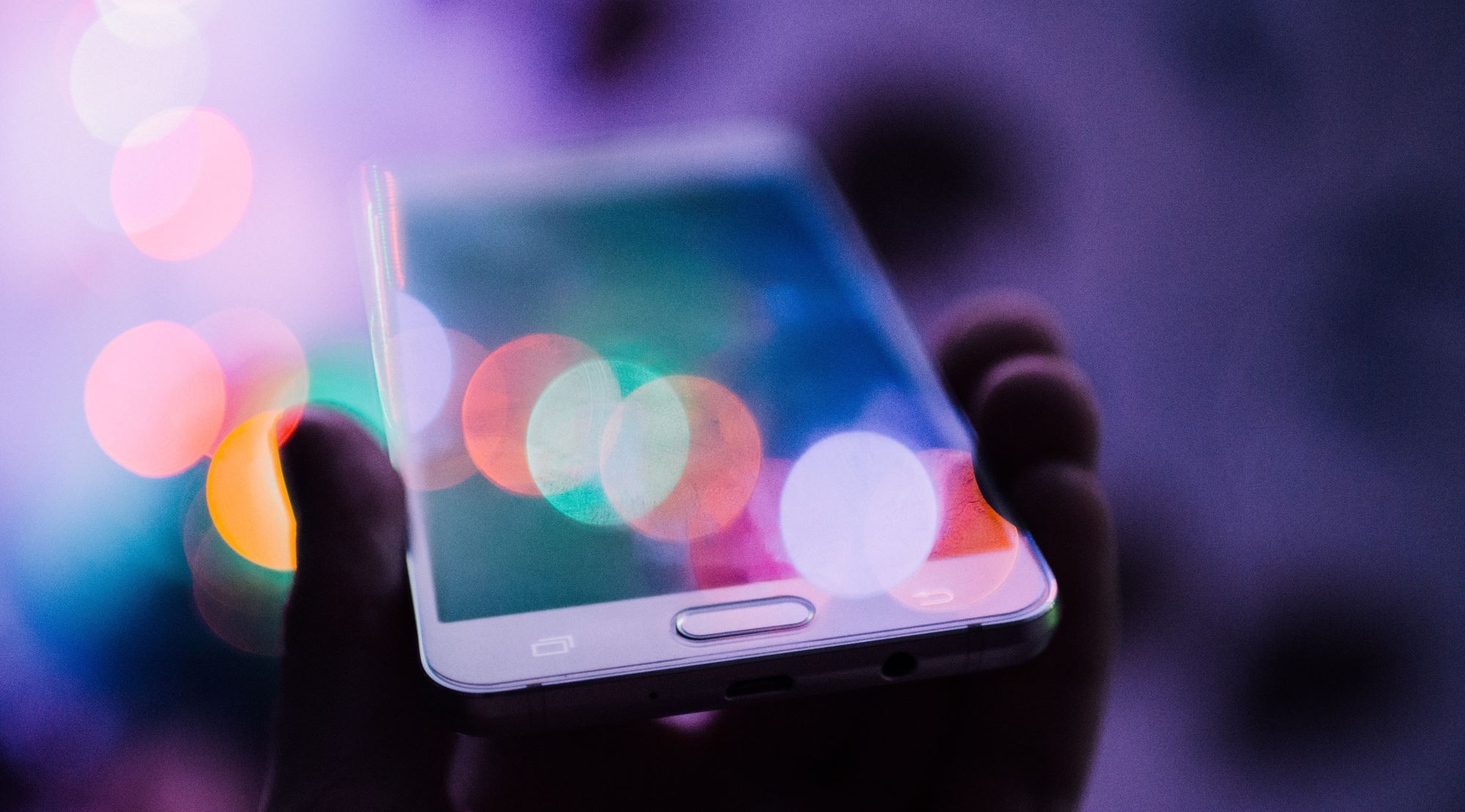Android is the most popular mobile operating system in the world today. And, if you've been using an Android device for a while, you might already be aware of USSD codes. To run any Android security code, you must input it directly into the dialer. If entered correctly, the code will return a response automatically, or you might have to press Dial. So what are the most common Android security codes? And what do the "secret codes" actually do?
Categories of Android Secret Codes
There are two main categories on codes that you can run on your Android phone.
MMI or Man Machine Interface codes are configured by the phone producer and you can use these to access hidden settings on your phone. USSD, also known as Unstructured Supplementary Service Data are simply codes that are used to unlock hidden actions in your smartphone.
1. *2767*3855# (Wipe Your Device and Reinstall Firmware)
This is one of the most effective Android security codes that you can use to quickly wipe all information from your device. Think of it as a factory reset—type this code on your dialer and run it, and it'll effectively delete all data from your phone, and wipe it clean.
This code takes things one step further as it reinstalls the firmware as well, so it'll be as good as new, software-wise.
Beware: This is a hard reset and will wipe everything, so only use it in an absolute emergency.
2. *#*#7780#*#* (Run a Factory Reset)
If you don't want to run a hard reset, this is the next best thing. Similar to a factory reset, this code will simply delete all application data from your device, as well as any applications. Then, it's going to return your device back to its factory state.
If you don't want to go the extra mile of resetting and reinstalling the firmware, and just want to remove any personal data, applications, and app data from your device, this is the best option. That makes it great for your privacy if you're selling your phone on.
3. *#*#273282*255*663282*#*#* (Create a Media Files Backup)
While it may be challenging to remember, this code can quickly create a backup for your media files. If your phone has a malware infestation, and you can’t access its backup feature as usual, you still have an alternative to save your files.
If you didn’t act fast enough and some of your photos got deleted before you created the backup, don’t worry. You can still recover deleted photos on your Android device.
4. *#06# (Check the Device's IMEI)
This is another important code that you can use to check whether the device's IMEI is the same as the one mentioned in the box. Most modern smartphones have the IMEI printed on the back, but if you want to be sure, you can check it by using this code.
Simply open the dialer, add in the code, and it'll return the IMEI. If you do this on a Samsung Android device, it'll also show you the device's serial number. This is important for security purposes, especially if you are buying a pre-owned device.
5. *#*#1472365#*#* (Run a GPS Test)
Many Android apps and services use the phone’s GPS to ensure a smooth user experience. If your phone’s location isn’t accurate or not working at all, you may end up going in circles.
You can access Android’s GPS Test or GPS information menu with this code. You can check out GPS-related information and even run diagnostic tests to figure out why the GPS functionality stopped working.
Also, you’ll get more information such as signal strength or location data. If the signal is weak, it may affect the GPS precision. In this case, you should try a few methods to improve GPS location accuracy.
6. *#0*# (Activate General Test Mode)
Android phone not working properly? You'll understandably be suspicious of a third party affecting it. Enter this code on your Android device, and it'll show you a litany of different features, including:
- Touch testing.
- Front cam.
- LED.
- Sub key.
- Barcode emulator test.
- Device version.
- RGB testing.
- Grip sensor testing.
If you suspect any root-level tampering on your device, you can test individual features using this mode. From the device version to the front cam, each module can be tested discretely.
7. *#*#232338#*#* (Displays the MAC Address)
The Media Access Control address, also known as the MAC address, is a unique address assigned to every device. It's important as it can be used to uniquely identify a computer while it's connected to a network.
If you are doubtful about MAC spoofing on the device, you can view the MAC address on the device, and tally it on your network to ensure it's correct.
8. *#*#4636#*#* (Check Battery, Wi-Fi, and Other Info)
This is a useful code that returns battery, WLAN, and additional information from your device. For instance, it can show you statistics about the most commonly used mobile apps, and you can also get detailed information about battery consumption and Wi-Fi usage. If you're buying a used phone, this could prove to be really helpful.
It gives you precise data such as battery temperature or voltage. This can be important for a security perspective, as an app that's consuming too much battery might be a sign of something malicious.
9. *#*#7594#*#* (Change The Power Button Behavior)
If you want to change the behavior of the power button, you can use this code. Instead of having to hold the power button, and then selecting from the Power Menu to shut your phone off, this code lets you turn off your phone without showing the Power Menu at all.
This code can come in handy when you want to quickly shut down your device in compromising situations. Next time it powers on, the device will require a passcode, thus keeping your data safe in case the device is stolen.
10. *#12580*369# (Check Your Phone’s Software and Hardware)
You can check information related to your phone’s software and hardware such as operating system version or model build. However, you’ll have to manually navigate multiple menus within your phone settings.
If you want to access this type of information faster, this code will show you software and firmware version information, hardware and device information, or battery status and information.
Most of the time, you can use this code to diagnose your phone when running into a malfunction. We recommend you don’t make any changes within the displayed menus as it might make the matter worse.
11. *#3282*727336*# (View System and Storage Information)
This important code lets you view system and storage information. You can also view statistics associated with data usage with this code. While such data is hard to spoof, it can still be done. By running this USSD code, you can get accurate information about the internal Android system on the device, and the available storage.
Any data consumption on the device will also be shown on your screen when you use this code.
12. *#67# (Check Call Forwarding)
If you want to know whether your calls are forwarded to another number, use this code. That'll tell you whether call forwarding is active on your device, and it'll also show you the number your calls are being forwarded to. In case calls are being forwarded when your number's busy or when you reject a call, you'll know about that too.
In most cases, you'll only see this as your carrier's official voicemail service. And you also have the option to change this setting by going into your Android's call settings.
13. *31# (Disable Caller ID)
If you want to keep your privacy and prevent others from knowing when you call them, you can disable caller ID by using this code.
If you want to re-enable caller ID, just add the code again. It'll show you a message indicating whether services have been enabled or disabled every time you add it in.
14. *#*#34971539#*#* (View Information About the Camera)
This code lets you view comprehensive information about the camera, including the number of cameras, maximum zoom, firmware version, and other details. Given the fact that mobile cameras now feature several modules, the sequence can help you identify any instances of tampering with the camera firmware.
15. *43# (Enable Call Waiting)
If you're someone who's always on the calls, then call waiting might be just what you're looking for. With call waiting, you can take a second incoming call by putting your first call on hold. In fact, in some cases, you might also be able to switch between the calls.
If you think you're on the phone to a scammer, for instance, and someone else calls you, you can switch to that call and take time away from the potential scammer to think things through and maybe ask for advice.
Simply type in the code into the dialer and the service will be enabled on your phone. Conversely, when you want to disable it, the code has to be tweaked only a little; just type in #43# and call waiting will be disabled.
16. *#7353# (Access the Quick Test Menu)
This is another code you can use to diagnose and fix problems on your phone. Through the Quick Test menu, you can test your device's audio and vibration components. Additionally, you can check your audio and microphone functionality.
17. *#*#4986*2650468#*#* (Check Firmware Information)
This is a handy code that you can use to check the firmware information. It's an important security code since you can use it to check whether your device's firmware has been tampered with. In many cases, rooting a device changes the firmware, so this can help you figure out if the phone's running the original firmware or not.
The code can help return important information such as your smartphone model, the hardware, the radio, and if you're using an older Android device, even the manufacturing date. It's a useful code for figuring out if someone tampered with your smartphone, especially if you've purchased a used phone.
18. *#*#197328640#*#* (Activate Service Mode)
Service mode on Android allows you to run a series of tests, including on the speakers, the RGB calibration on your screen, the haptics and vibration, and more. You can also alter a few network settings using this code.
It's always a good idea to know what's going on behind the scenes on your smartphone. So you can use this code to get more information about activities concerning the network and radio on your device, including LTE status, and Security Information Management (SIM), i.e. log files, and can further access the debug screen. This lets you access the EFS partition (and gain write access) to check all information related to radio signals, IMEI, your SIM card, and even Wi-Fi and Bluetooth.
19. *#*#0588#*#* (Run a Proximity Sensor Test)
If your proximity sensor stops working, your phone might pocket dial, or you might make phone calls by accidentally touching the screen.
By running this code, you can access the Proximity Sensor Calibration and Testing menu. There, you can calibrate your sensor or run a test, so you can figure out if the sensor is working correctly.
20. *#0589# (Run a Light Sensor Test)
Similarly to the code that helps you test your proximity sensor, you can run this code when your phone’s light sensor isn’t working as usual.
Protect Your Data With Android Codes and Hacks
Protecting your data on your Android device is very important. Android devices are susceptible to a range of malware, so it's important that you install a decent antivirus program. An antivirus will protect your data and periodically scan your phone for any malicious software.

